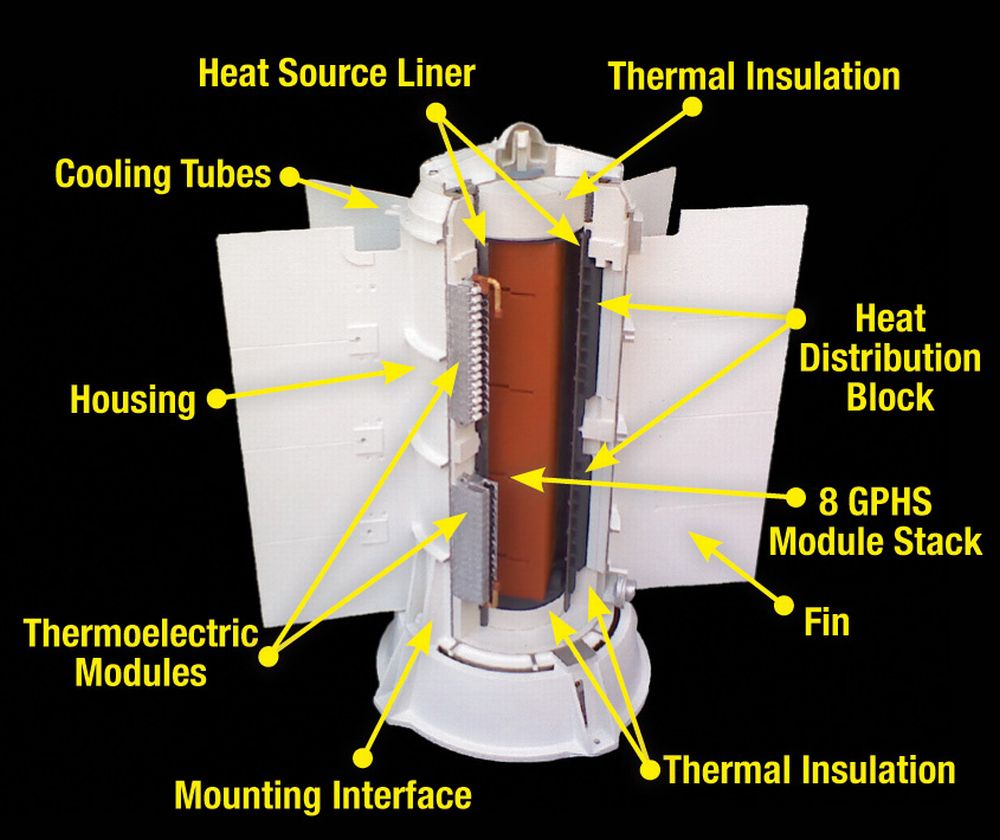If more is better, and where it can get then I would say 10 tons per 1 GW of electrical power for thermonuclear reactors in space conditions.
By using CNT's as reinforcement/conductors etc and probably it may be less than that. This is for small reactors(few GW power), for bigger reactors it should be better than that with same technologies.
I would not say it is good numbers to use for you space ship if you make plans for it and will to build it in next 10 years, but for space ships, in this century or the next in hard-scifi it may be a reasonable assumption.
For portable devices, it is hard to tell. The answer to the question depends on the field of use of the energy source. Because sources are different and they can be classified/differs by massefficiency, the power they produce, an environment they should work in, should they be human-nearby safe, how long they have to work etc.
As funny energy source, I found recently, C14 based battery.
Half life 5730 years, so it will work few thousand years without a significant reduction in power production. Mass efficiency is not the best - 0.17 W per kg, so a 1kW source will weight about 6 tons. No moving parts. Excellent scalability, if you have enough C14.
For some purposes is an excellent source, for other, it is not so great. So proper answer really depends on where the source has to be used, and the purpose of it.


